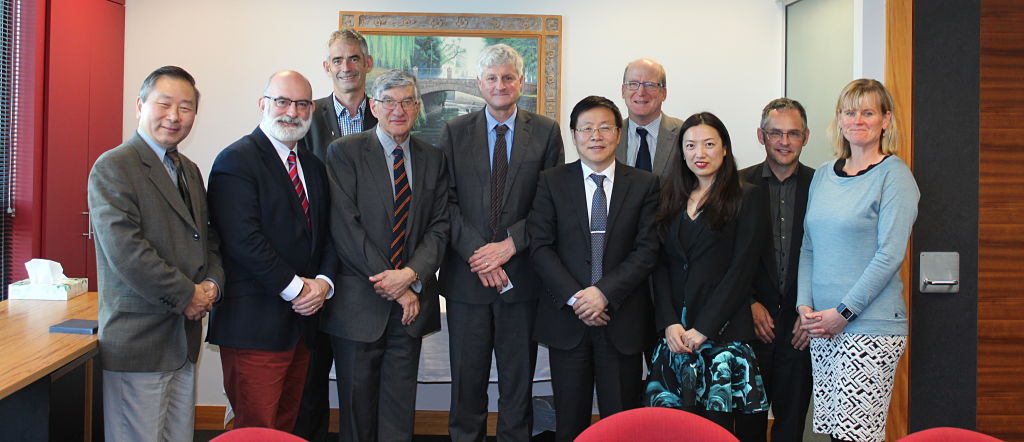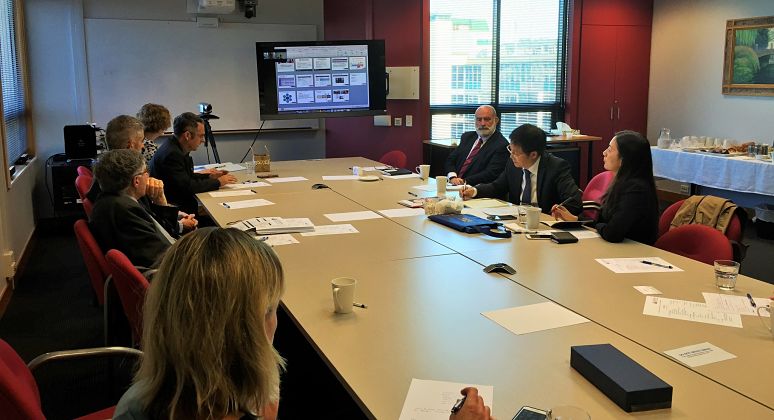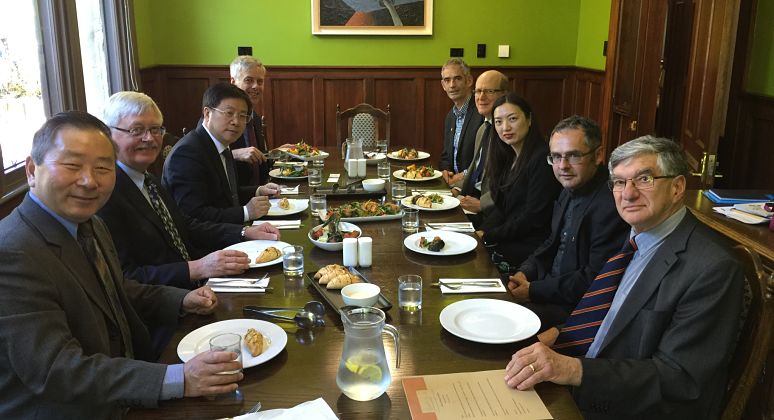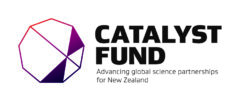A delegation from the National Natural Sciences Foundation of China (NSFC) has completed a whirlwind and highly productive 3-day visit to New Zealand to develop stronger scientific links between the two countries.
Biomedical research agreement
The delegation’s first stop was a meeting with the Health Research Council (HRC) in Wellington. NSFC Vice President Professor Liu Congqiang and HRC Chair Dr Lester Levy signed a bilateral cooperation agreement between New Zealand and China in biomedical research. The NSFC delegation then headed to Dunedin for two days of discussions with the New Zealand-China NCD Research Collaboration Centre (NCD CRCC) to explore opportunities for extending collaboration in the field of non-communicable diseases.
Expertise and experience shared
Ms Liu Xiuping, Director of the NSCF’s Division of American and Australasian Affairs, outlined the funding system for science in China, its rapid growth over the past 20 years, and the scale of scientific cooperation between China and countries around the world.
Scientists from the three health and wellbeing National Science Challenges (A Better Start, Healthier Lives and Ageing Well), Brain Research New Zealand and the Asia-Pacific Gout Consortium showcased New Zealand’s high quality research across a wide spectrum of NCDs, including cancer, cardiovascular disease, cerebrovascular disease, gout, childhood obesity, diabetes and age-related conditions.
An emerging theme was the dual focus on prevention of disease as well as its early identification to enable more targeted and effective treatments. These twin approaches have major potential benefits for both countries.
NCD CRCC Co-Director Professor Wayne Cutfield noted that collaboration is a strength of New Zealand scientists. “New Zealand is a small country with limited resources, populations to study and research platforms. To be successful NZ researchers have become very good at collaborating with researchers from around the world, contributing innovation, skills and well characterised populations to form world class collaborative teams.”
Discussions centred on the exciting opportunities for both countries to benefit from scientific collaboration, and the next steps to bring scientists together.




